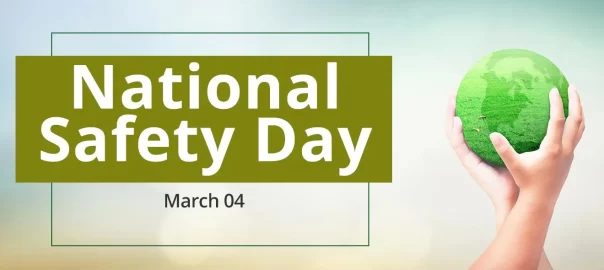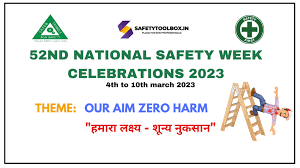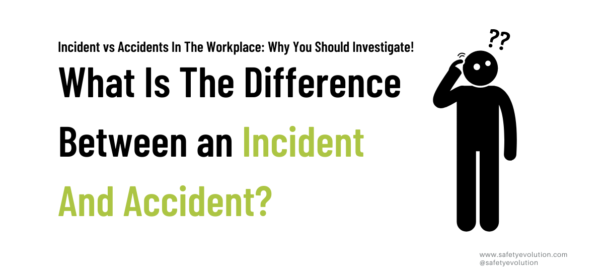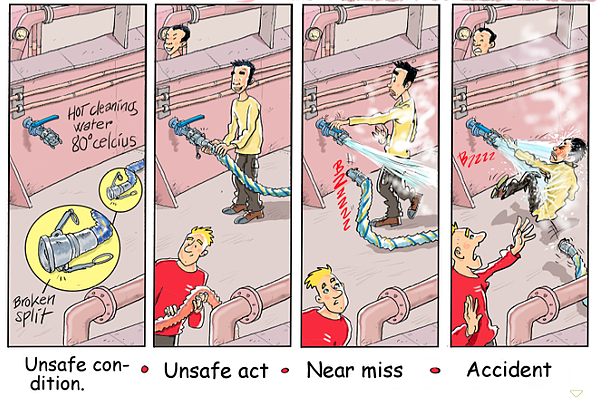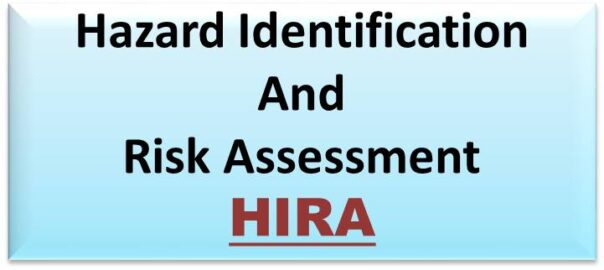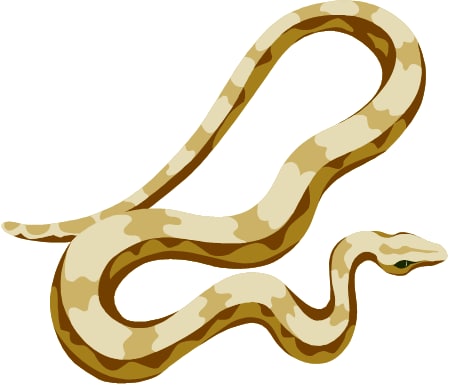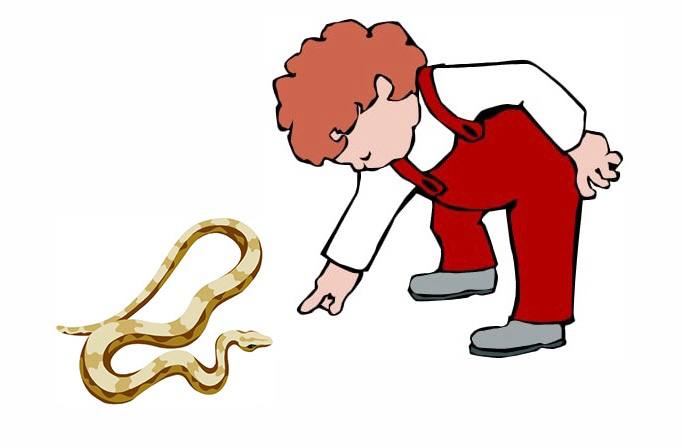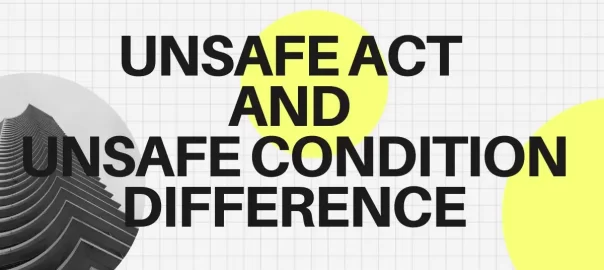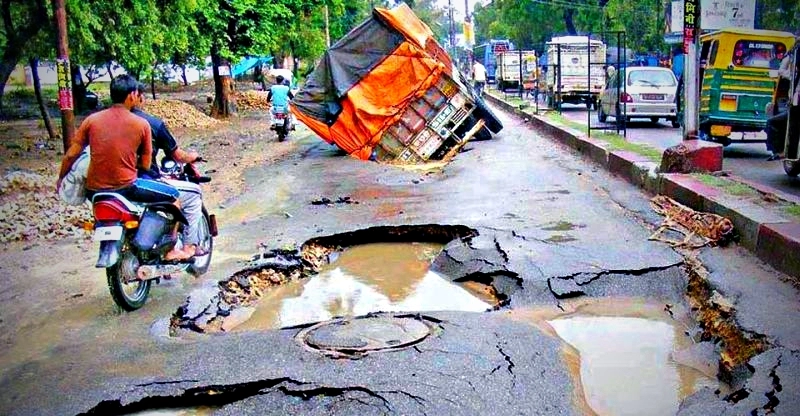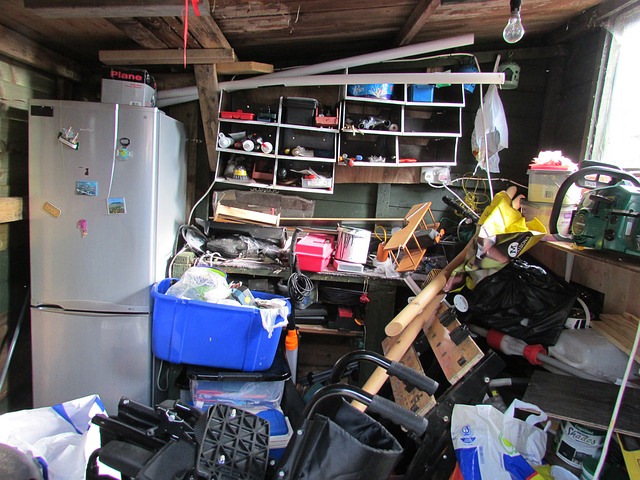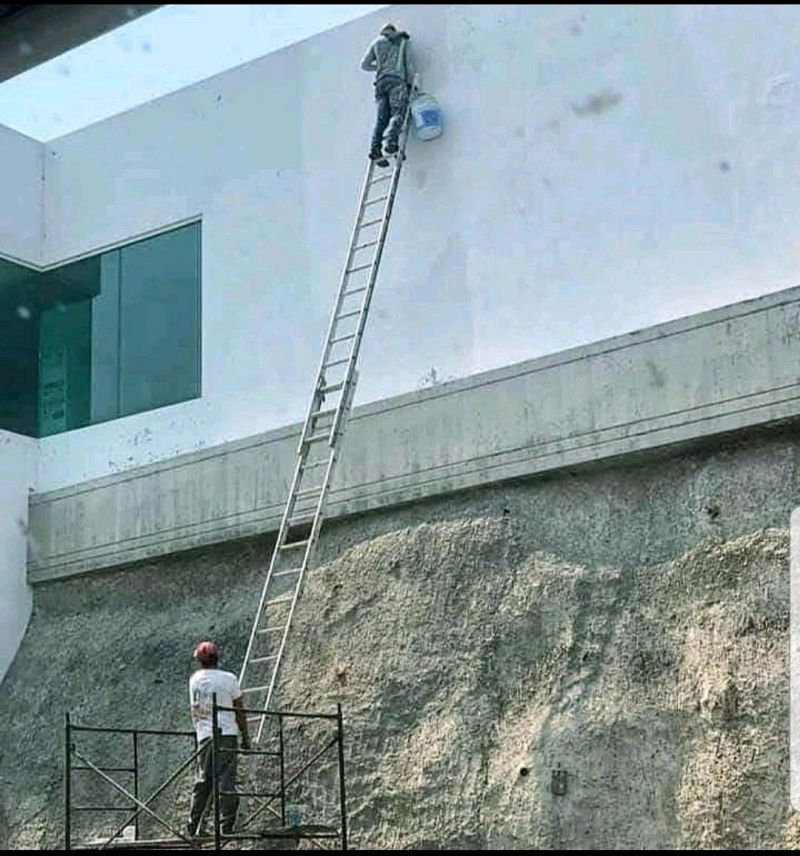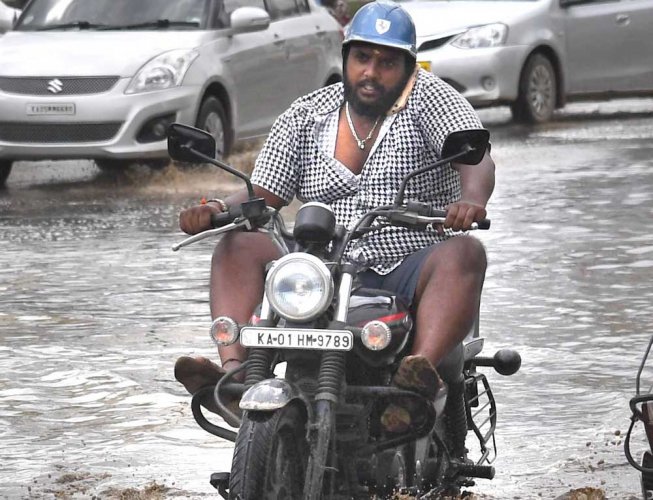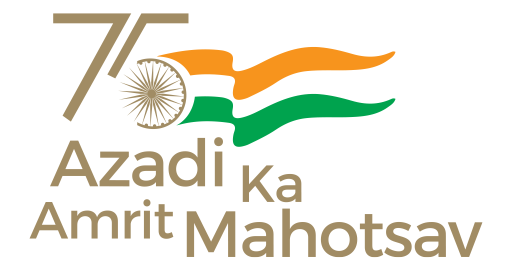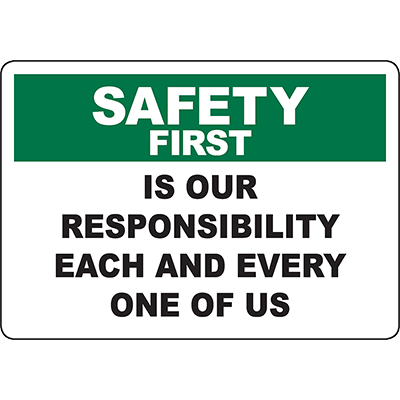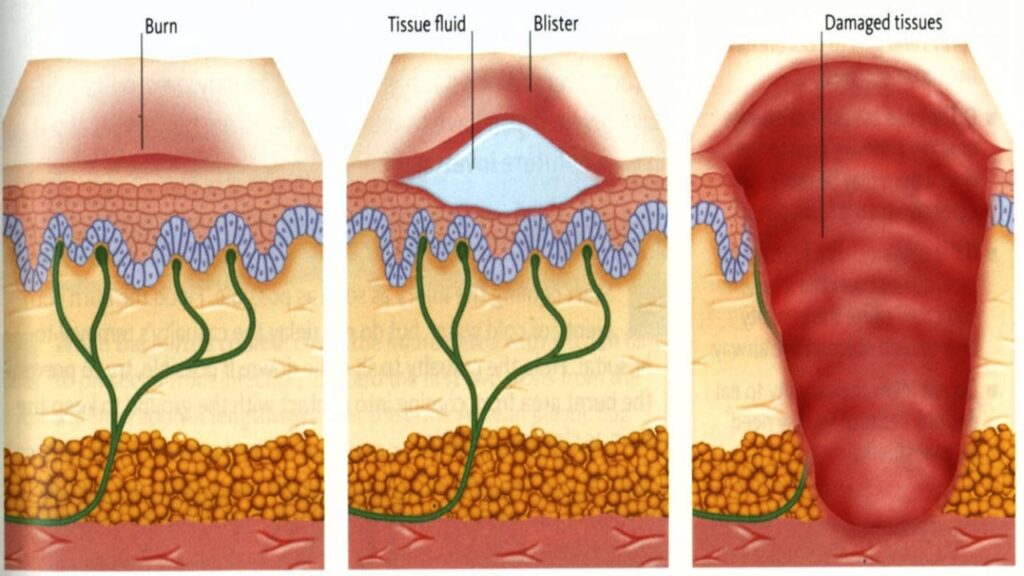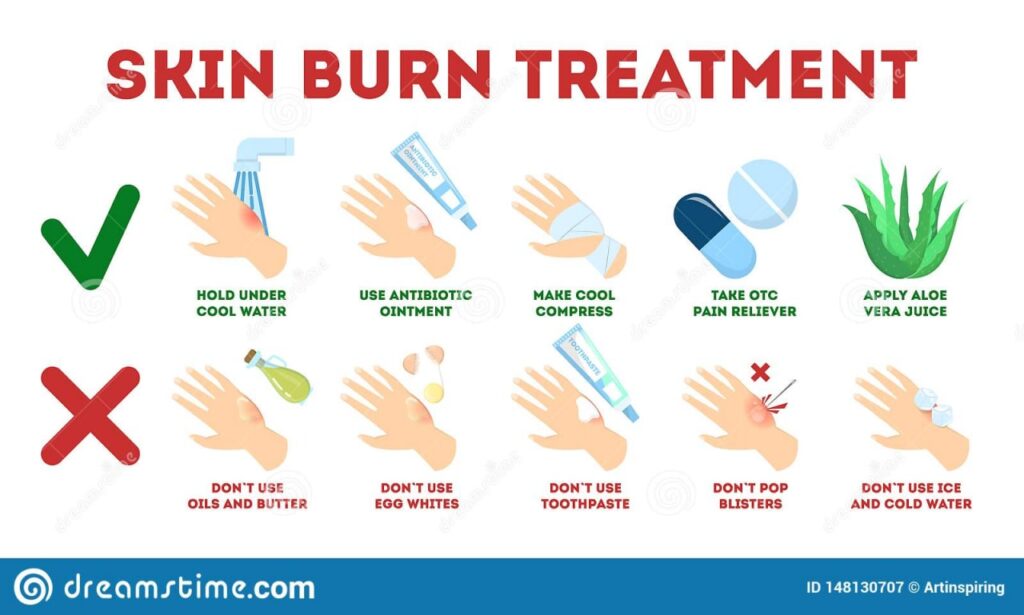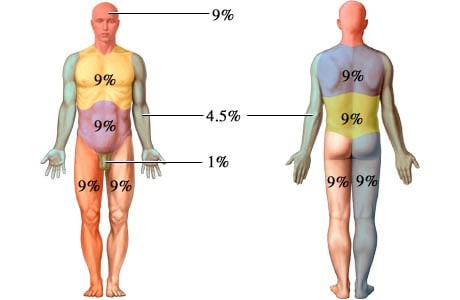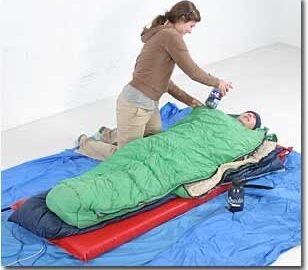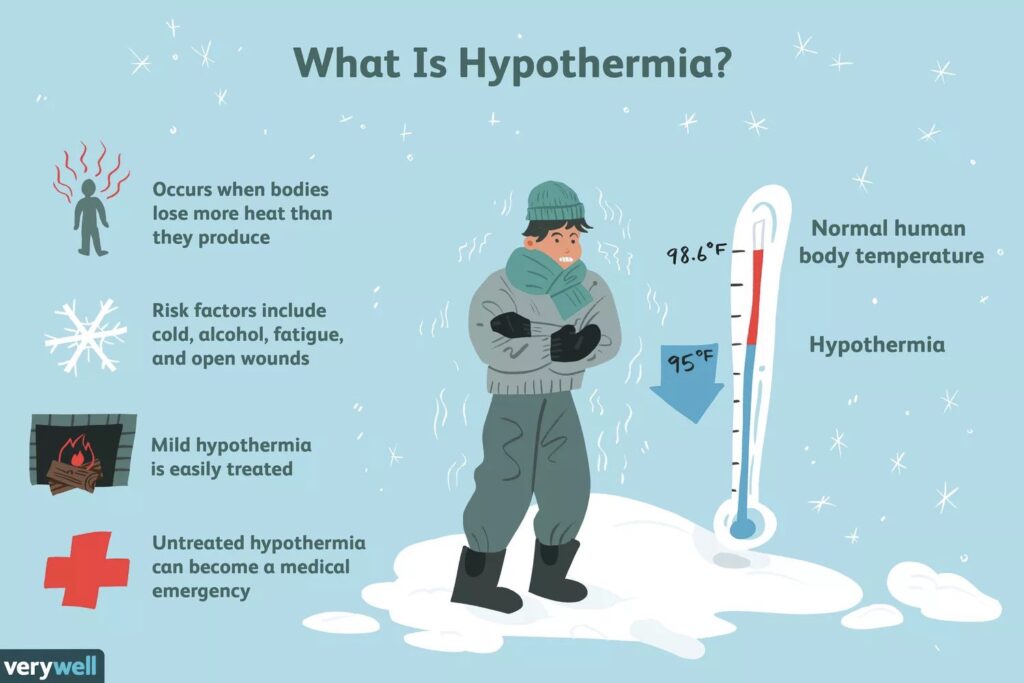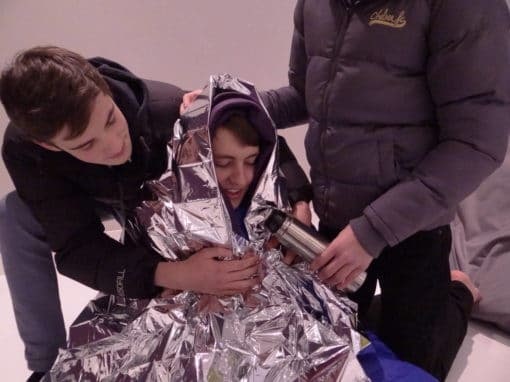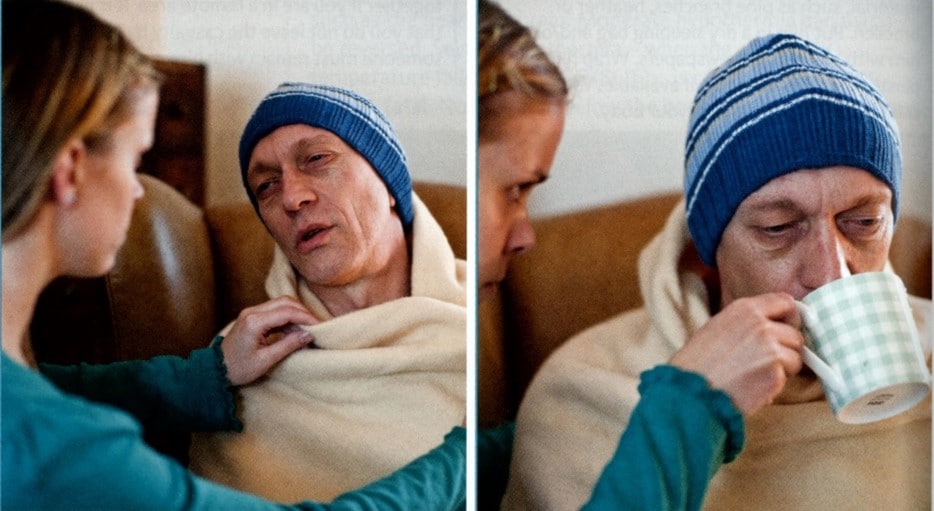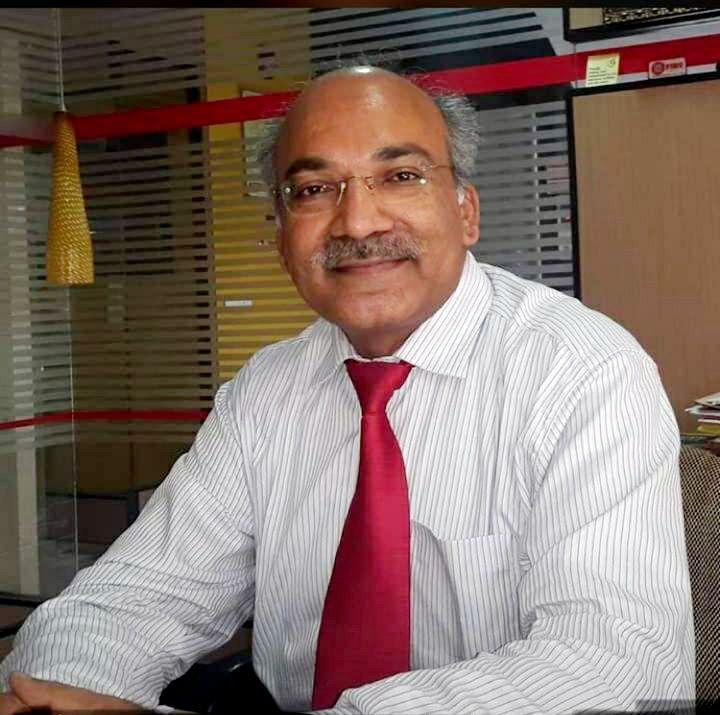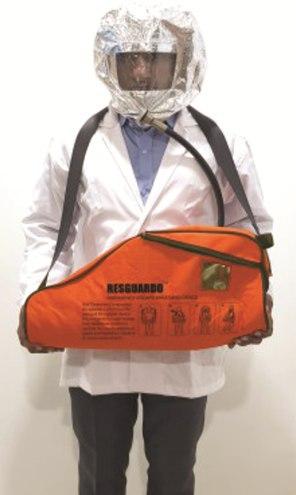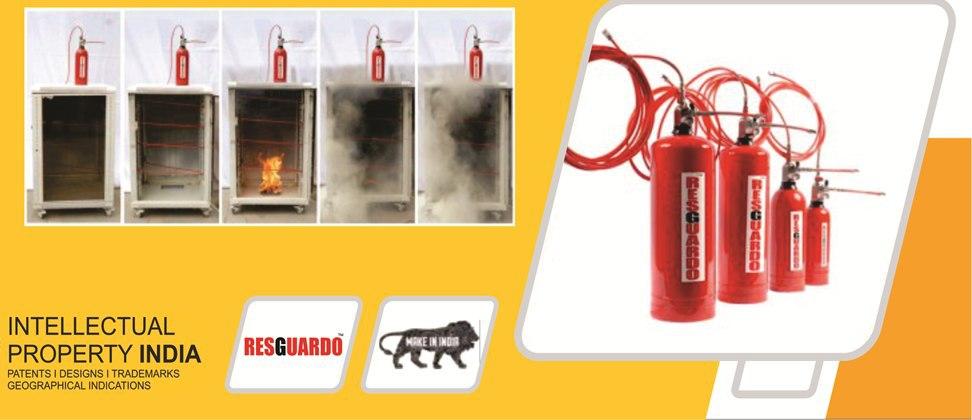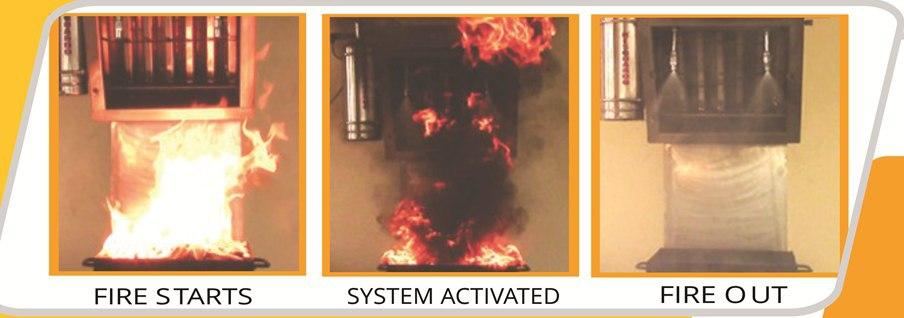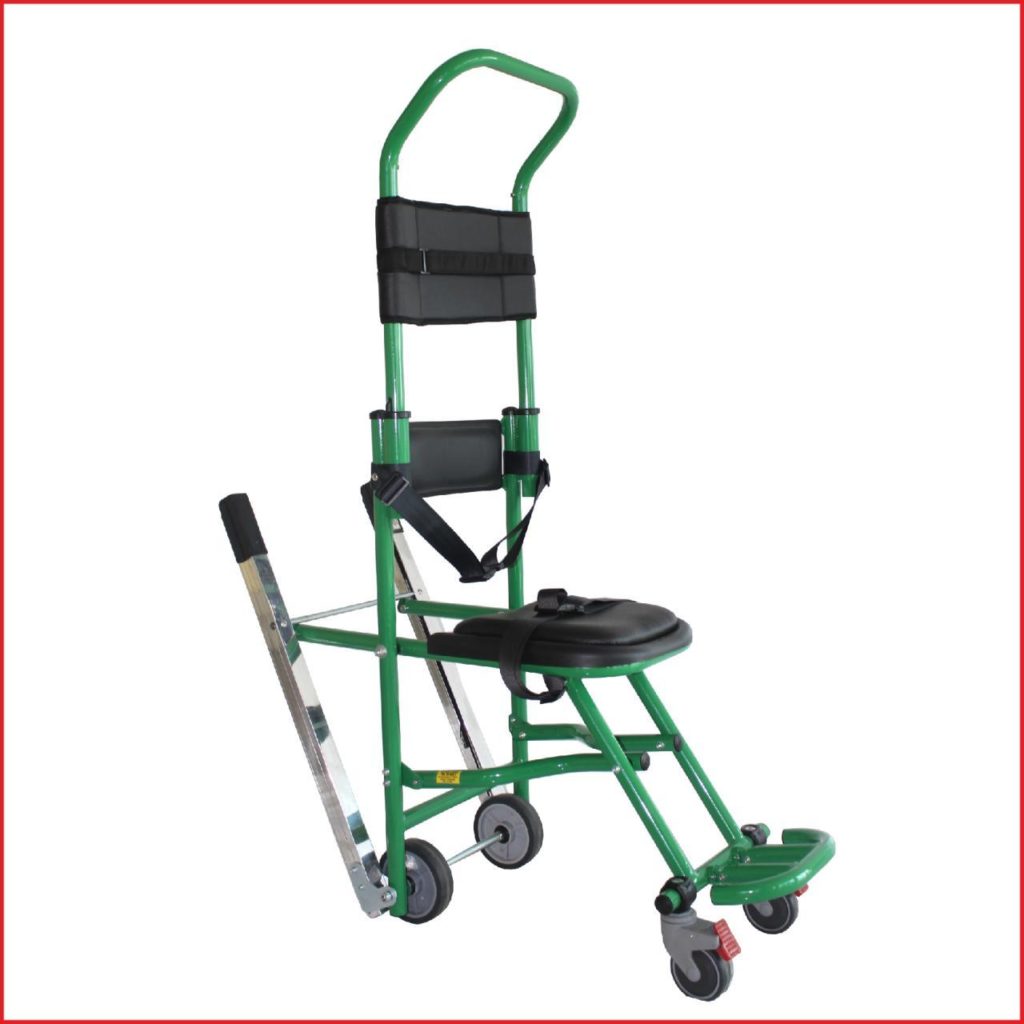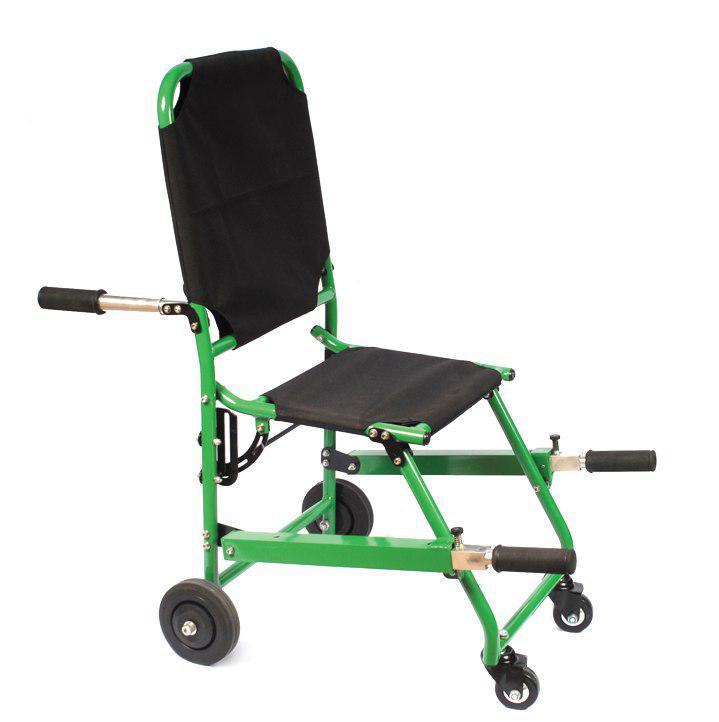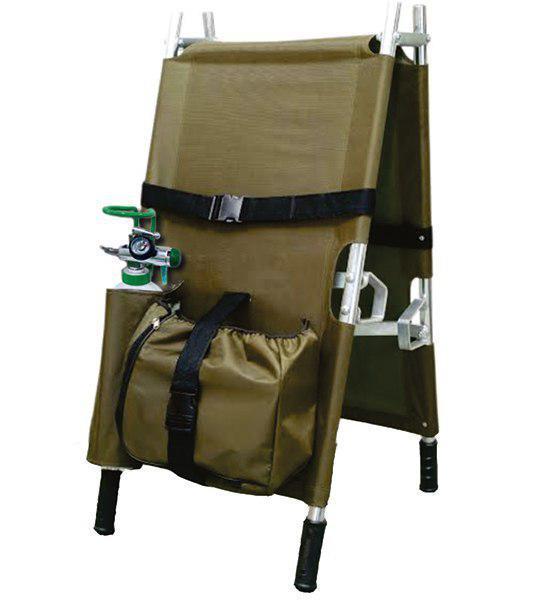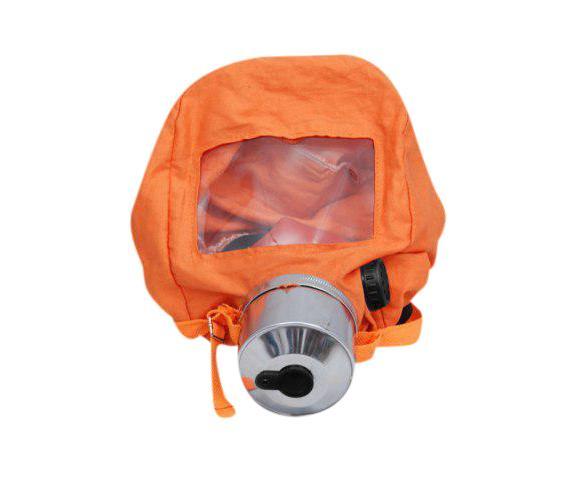Hello Readers! It has been a while since I had posted my last blog. Sometimes Life throws you into a vortex and it takes time for you to come out of it. March was hectic with the training schedules and travel, April gave me a scare and a shock. Scare on the account of an unexpected health issue, which was immediately followed by the shock of the untimely passing away of my mentor Mr. Jayasheel Adapa, on whom I had written my blogs “Innovate or Evaporate” in 2 parts in 2020. Jayasheel Adapa is the younger brother of our main character Jaggy aka Mr. Jagadish Adapa. Both the incidents had their effect on me and the recovery process took its own time.
The other challenge I was grappling with was the eternal question -what to write? After serious contemplation, I decided to continue with my series “My India -Safe India” for this and the next post; and then move on to another topic.
Maggie and Jaggy continue their conversation on OUR AIM – ZERO HARM.
Maggie: “Hello Jaggy! Long time, no see.”
Jaggy: “Yes Maggie, had been busy in March and had a tough April.”
Maggie: “Tough month of April!!!! What happened?”
Jaggy: “The first month of the new financial year is always tough. New plans, new targets and the annual conference.”
Maggie: “Yes, it is always tough.”
Maggie: “Jaggy, Now that we have met, can I ask you something?”
Jaggy: “Go right ahead. You don’t need my permission.”
Maggie: “Last time we had discussed the theme for the National Safety Week which was “Our Aim- Zero Harm”. How do we achieve that?”
Jaggy: “There are 2 ways in which we can do that. (1). TBT and (2). Gemba Walk.”
Maggie: “TBT and Gemba Walk? I am just perplexed.”
Jaggy: “These are jargons used by safety professionals all over the world. TBT stands for ‘Tool Box Talk’. Gemba walk is a Japanese concept called ‘Safety walk.’”
Maggie: “Can you explain both of them, in your ‘unique’ style?”
Jaggy: “Let start with the Tool Box Talk (TBT). A TBT is an informal safety meeting that is a part of the organization’s safety culture. It is a meeting which is conducted just before the starting of a job or a shift in a work place like a factory or site.”
Maggie: “Oh I see! What do they discuss in the TBT?”
Jaggy: “The discussion revolves round the work or task for the day, followed by the HIRA to be done and of course the reporting and analysis of any incidents the previous day. Sometimes it is just a topic on safety.”

Maggie: “Hey, that is another acronym that you just tossed into the mix: HIRA. Now, what is this one?”
Jaggy: “HIRA is Hazard Identification Risk Assessment. Do you not remember?”
Maggie: “Sorry Jaggy! It slipped out of my mind. How long do these meetings last?”
Jaggy: “The meetings are brief, lasting not more than 30 minutes. They may go on for even longer if there were any incidents.”
Maggie: “What is achieved in the TBT?”
Jaggy: “A reminder about keeping the work place safe, not taking any undue risks, stopping the work if there are unsafe conditions etc.”
“The objective is to ensure the work planned is done without any harm to anyone. Our AIM- Zero HARM.”
Maggie: “Who conducts and leads the talks?”
Jaggy: “Good question. Usually the Safety executives lead it but anyone can lead the talks. Visualize the huddle in football or hockey or cricket or before any game starts. In the huddle, any player can give a pep talk.”
Maggie: “What if there are no incidents or accidents to discuss?”
Jaggy: “The meeting is used for a pep talk on safety, sharing safety practices observed or even any news of incidents or accidents elsewhere.”
Maggie: “Tool Box Talk seems to be an excellent way to start the day at work. Do different work places have different names for TBT?”
Jaggy: “Yes, though the nomenclature differs. They are called Safety talks or Morning Safety Meeting or something catchy which people love.”
Maggie: “Thank you Jaggy. You said something called Gemba Walk. What is that?”
Jaggy: “Gemba Walk is a walkthrough done by the safety executives when the actual work is being done.”
Maggie: “Can you elaborate?”
Jaggy: “Not today, Maggie. Too much of information is difficult to absorb for anyone.”
Maggie: “Ok. Take care of yourself.”
Jaggy: “You too stay safe and be safe.”
A Tool Box Talk is a good way to start the day. People and organizations who believe in safety as a Core Value treat these talks with a lot of respect and seriousness. It is never too late to have TBT or safety talks in your work places. Let us make it a habit as habits always tend to remain with us for a long time.
Keep reading, keep enjoying life. More in my upcoming blogs.
Live Life – Save Life!
Seshadri Varadarajan.

